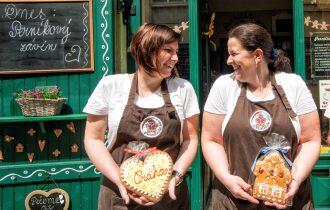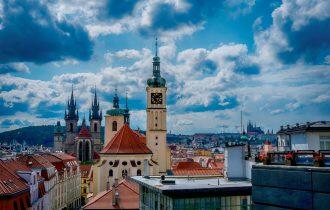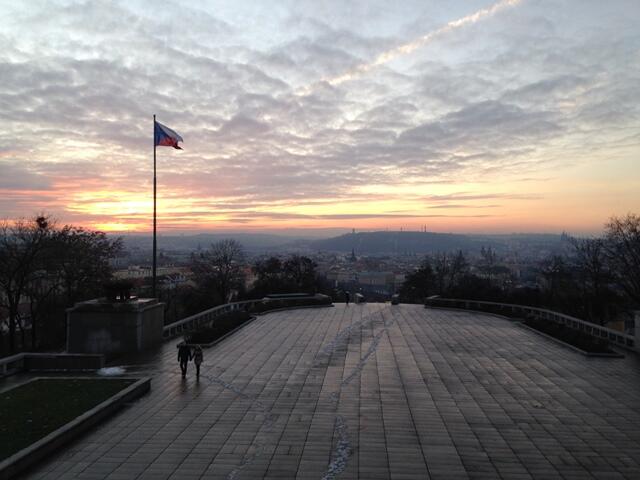Between 1948 and 1989, Czechoslovakia experienced a period of totalitarian communist rule. It is a contested period in the country’s history and one that is explored in a small museum near Prague’s city center. Upon entering, at first it doesn’t seem like you’re headed into a museum at all, but instead into someone’s apartment. Though as soon as you start on the museum’s tightly winding itinerary, it’s easy to forget which decade you’re actually in and why you thought that this could be an apartment in the first place. It introduces you to a time that you can only get glimpses of on the streets of Prague and in its leftover communist architecture, and it helps to put together the pieces of this multi-layered city.
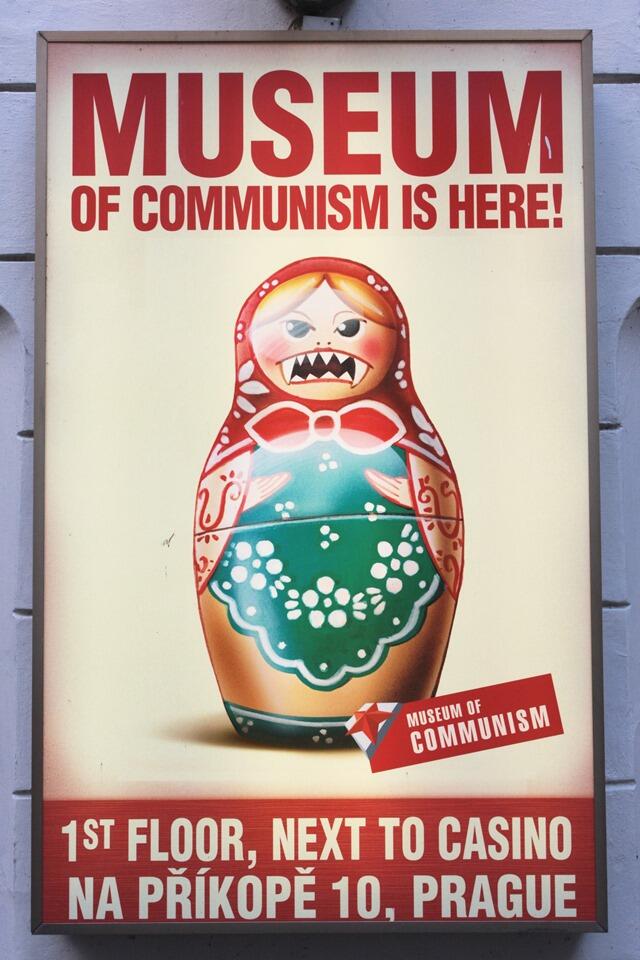
Prague’s Communist History
In the first post-war elections of 1946, the Communist Party of Czechoslovakia gained a plurality of the vote, thanks in large part to the country’s memory of a democratic government that, in their minds, had put them directly into the Nazis’ hands. Using this position of strength, the communists were able to force out the politicians who opposed them and take control of the government with a coups in 1948. This began the very strict Stalinist period, when agriculture and industry were nationalized and people who would not fall in line could be sent to work camps or in some cases even executed.
Such a repressive regime could not last, however. In the 1960s, well after Stalin’s death, the period of Liberalization began, all leading up to the Prague Spring of 1968. The leader at the time, Alexander Dubček, stood for what he called “Socialism with a human face”, which was very popular in a country that had idealistically elected the Communist Party 20 years previously. The Soviet Union objected to what they saw as a move towards capitalism and the West, so they, along with many other countries from the region, invaded Czechoslovakia in August of 1968 to put an end to the Prague Spring.
This began the period of Normalization, when the communists required that people be outwardly loyal to the regime but did not punish them so harshly for missteps. People would play by the rules in public while at the same time criticizing the regime in the privacy and comfort of their own homes. Many people nowadays feel nostalgia for this time of tight families and communities, and many of the contents of the museum are products from the time that people now remember wistfully. In November of 1989, towards the end of the wave of revolutions that brought down communism across the Eastern Bloc, the Velvet Revolution marked the end of communism in Czechoslovakia.
Prague’s Museum of Communism
The Museum of Communism is located on Na Příkope on the first floor of a large building with a casino on the ground floor. There is a slightly dusty feel to the place, which must come from the age of the items on display and which only adds to the tiny museum’s charm. It is a place where visitors walk quietly from exhibition to exhibition, examining all of the items that once would have been as normal as Coca Cola and McDonald’s ads. It provides a fascinating glimpse of what helped shaped this country into what it is today.
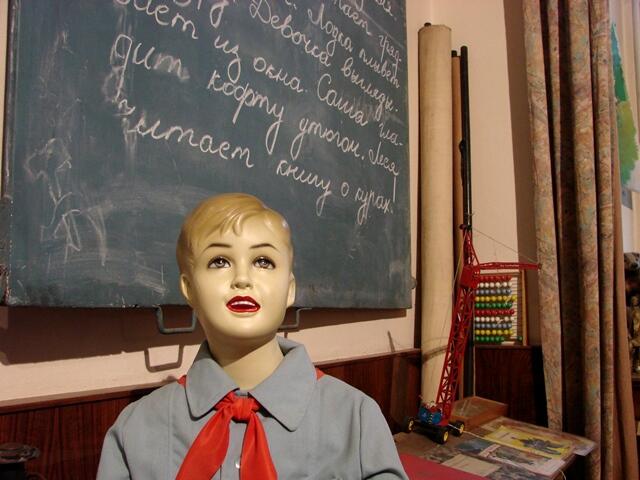
The exhibitions begin with the enormous statues of Lenin and Stalin, their stony faces looking down on those filing past to buy their tickets, and works its way through the rise of communism with historical placards and posters designed in the Social Realist style. There is a classroom with the accompanying propaganda about the evils of democracy and what to do in case of a biological weapons attack—put on an outrageous suit to protect yourself. There is a replica of a corner store and its limited supply of food all wrapped in similar packaging. The posters sprinkled throughout call on citizens to stand up for the communist cause.
The most harrowing exhibit is perhaps the interview room. It is the most sparsely decorated room in the place, with its telephone, desk, and file of “inconvenient” citizens. Stepping inside this dark room, the previous displays culminate in the paranoia of being arrested just for expressing the independent thoughts that most citizens must have felt during this time of strict government control. The exhibitions then taper off into descriptions, photographs and a video of the Prague Spring and how communism eventually came to an end in 1989.
The Museum of Communism is a must see for anyone visiting Prague who is interested in this part of history. It is the closest you can get to putting yourself in the shoes of those who lived during this time. Read about other Prague museums on our blog.
Na Příkope 10
+420 224 212 966
muzeumkomunismu.cz
Open: Daily 9 am – 9 pm
Tickets: 190 CZK (around €7)

